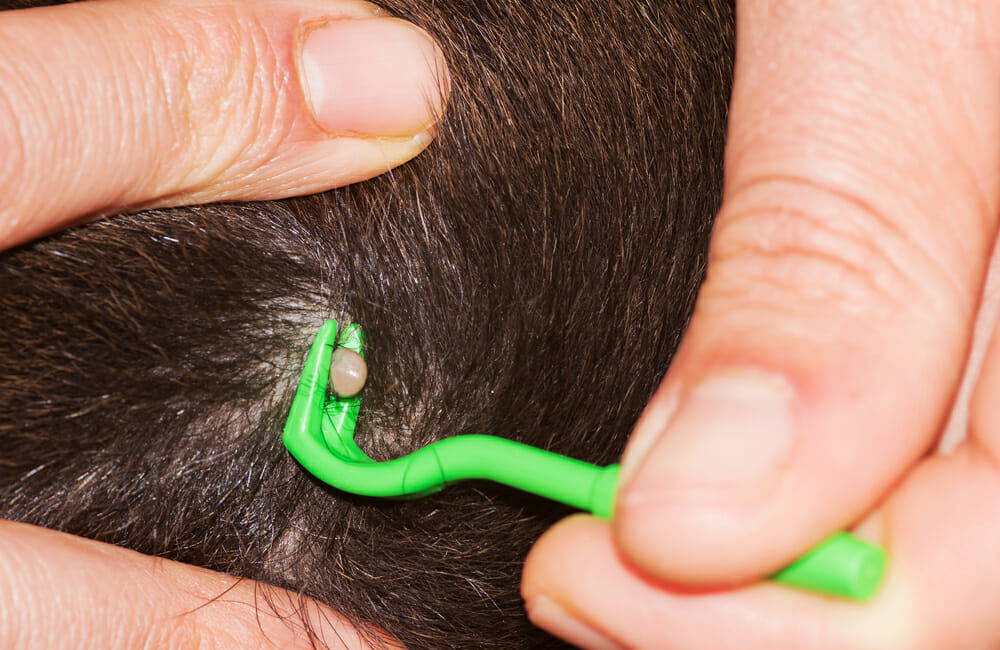Spring has sprung, and there are ticks everywhere we go. Most people think ticks are just in the forestry area, but they can be anywhere, even in your very own backyard.
Ticks fall under the arachnid species, a lot like spiders, they have eight legs and mouthparts. Ticks are ectoparasites (external parasites) and feed off of the blood of mammals, birds and sometimes reptiles. Ticks have mouthparts that attach to their host and feed off of blood to sustain life and produce eggs. There are four life stages of ticks; egg, larva, nymph and adult. Nymph and adult stages can transmit some nasty diseases to animals and humans!
Ticks quest for a host to feed off of from a temperature of 4 degrees Celsius or higher. Our climate in Canada is changing, especially in Southwestern Ontario, and can have temperatures above 4 degrees Celsius 12 months out of the year.
Ticks can live on a host and feed for up to two weeks before falling off.
Here is some more information on the most common ticks we see in Canada (or will be seeing more of soon!).
Dermacentor variabilis (American Dog Tick/Wood Tick)
This tick is most commonly found in backyards, grassy areas and along trails/roads. This is one of the most common ticks found in our area. It can transmit diseases to dogs such as Rocky Mountain Spotted Fever, Tularemia and Canine Tick Paralysis. It can transmit diseases to cats such as Tularemia and Cytauxzoonosis.
Ixodes scapularis (Deer Tick/ Blacklegged Tick)
This tick is most commonly found in wooded areas, shrubs and leaf litter. They are most active in fall and springtime. Ixodes scapularis is another one of the most common ticks found in our area. These ticks can transmit Lyme disease and anaplasmosis.
Rhipicephalus sanguineus (Brown Dog Tick)
This tick is found worldwide but mostly likes warmer climates. This tick is a bit different than the others because it can complete its entire lifecycle indoors. These ticks can infest your house, live in your walls etc. These ticks usually only come to Canada through travelling dogs. These ticks can transmit diseases such as Erlichia, Rocky Mounted Spotted Fever, Babesiosis and Hepatozoonosis.
Amblyomma maculatum (Gulf Coast Tick)
These ticks mostly live near coastal uplands and tall grasses in those areas. Birds, small mammals and white-tailed deer are importing these ticks to the area. They can also be imported by dogs who travel. These ticks can transmit diseases such as Rickettsiosis and Hepatozoonosis.
Amblyomma americanum (Lone Star Tick)
These ticks live in wooded areas, high grass and thick underbrush. They are mostly located in Texas (as you can tell from their name “Lonestar”). They have dispersed into Canada due to migrating birds. These ticks can transmit Erlichia and Rickettsia to dogs. They can transmit cytauxzoonosis to cats. This tick can cause a severe red meat allergy to humans if bitten. *
How to remove a tick from your animal or yourself
- Use gloves, it is always best not to have this creepy crawlies come into contact with yourself
- Use a tick remover or pair of tweezers
- Grab as close to the skin as possible, where the mouthparts are, and pinch slightly
- If you have a tick twister, twist and pull up to remove a tick
- If you have tweezers, try to pull straight upwards with a small amount of force
- Make sure all mouthparts are removed with the head of the tick
- Put a tick into a container with alcohol for it to die, bring in to the veterinary clinic for identification
- Clean area with soap/water or even hydrogen peroxide
- Watch for any rashes or irritation
- If not wanting to remove yourself, contact your veterinarian/physician to have it removed
Contact your veterinarian today to start prevention for these pesky parasites!
Written by: Kendra Stoddart, RVT
Visit these websites for more information on ticks and prevention for them –
No Bite Is Right
Bravecto




